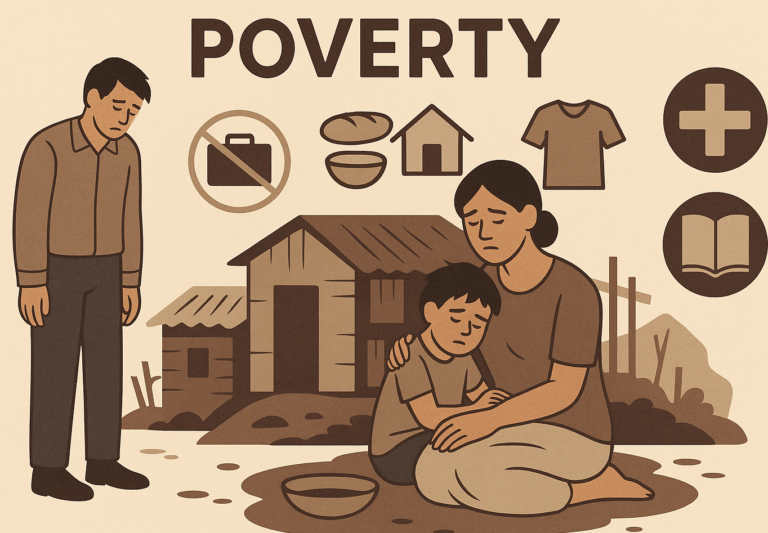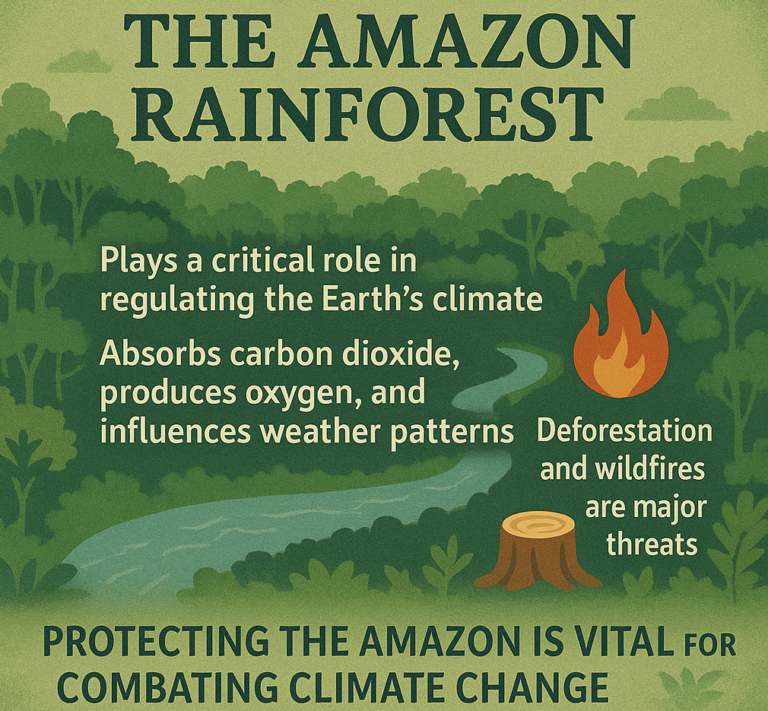Economic indicators important tools used by economists, governments, and businesses to understand the health of an economy. Three of the most common economic indicators are GDP, CPI, and the unemployment rate. Here’s a detailed explanation:

1. Gross Domestic Product (GDP)
What is GDP?
Gross Domestic Product (GDP) measures the total value of all goods and services produced in a country over a specific period, usually a year or a quarter. In simple terms, it’s like a giant “report card” that tells us how well an economy is performing.
Key Points:
- GDP is often used to compare the size of different economies. For example, the U.S. has a higher GDP than many other countries, meaning it produces more goods and services.
- GDP is calculated by adding up everything produced in the country, including things like:
- Goods (cars, food, electronics)
- Services (healthcare, education, entertainment)
Types of GDP:
- Nominal GDP: Measures the total value at current prices without adjusting for inflation.
- Real GDP: Adjusts for inflation, showing the true growth of the economy over time.
Why is GDP important?
- A growing GDP usually means the economy is doing well, with businesses making more money and people spending more.
- A shrinking GDP indicates the economy is slowing down, which could lead to a recession.
Example:
- If a country’s GDP grew from $1 trillion to $1.2 trillion in a year, it means the economy grew by 20%. This could mean businesses are doing better, people have more jobs, and there’s more money flowing through the economy.
2. Consumer Price Index (CPI)
What is CPI?
The Consumer Price Index (CPI) measures the average change in prices paid by consumers for a basket of goods and services. It tracks how prices of things like food, housing, clothing, and transportation change over time. The CPI is often used to measure inflation (the rate at which prices rise).
Key Points:
- The CPI looks at a set of goods and services that consumers typically buy—for example:
- Groceries (bread, milk, fruits)
- Utilities (electricity, water, gas)
- Entertainment (movies, sports events)
- Inflation occurs when prices go up. If the CPI rises, it means goods and services are becoming more expensive for consumers.
Why is CPI important?
- A rising CPI (inflation) means consumers can buy less with the same amount of money. This can affect people’s budgets.
- A stable or low CPI means prices are steady, which is good for the economy since consumers can afford goods and services.
- Hyperinflation (when prices rise uncontrollably) can be harmful to an economy, while deflation (falling prices) can lead to decreased consumer spending.
Example:
- If the CPI increases by 3% in a year, it means, on average, goods and services cost 3% more than they did last year. For example, if a loaf of bread used to cost $2, it might now cost $2.06.
3. Unemployment Rate
What is the Unemployment Rate?
The unemployment rate measures the percentage of people who are actively looking for work but are unable to find a job. It’s an important indicator because it tells us how many people in the workforce are not working, even though they want to.
Key Points:
- Unemployed people are those who are not working but are actively searching for a job.
- Employed people are those who have a job, even if it’s part-time or temporary.
- The labor force includes both employed and unemployed people who are actively looking for work.
Formula:
Why is the Unemployment Rate important?
- High unemployment means many people are struggling to find work, which can lead to social and economic problems.
- Low unemployment is a good sign, as it suggests the economy is strong and businesses are hiring.
- However, very low unemployment can also be a sign of a tight labor market, where employers may have trouble finding enough workers.
Example:
- If a country has a labor force of 100 million people, and 10 million people are unemployed, the unemployment rate would be:
This means 10% of the people who want to work are unable to find jobs.
How Do These Indicators Work Together?
These indicators give a complete picture of how an economy is doing:
- GDP shows how much the economy is growing or shrinking.
- CPI tells us how much the cost of living is increasing or decreasing.
- Unemployment Rate shows how many people are struggling to find jobs.
For example, if the GDP is growing, but the CPI is rising too fast, it could mean inflation is out of control. If the unemployment rate is also high, then it could suggest that even though the economy is growing, many people aren’t benefiting from it.
In Summary:
- GDP (Gross Domestic Product) measures the total value of goods and services produced in a country, showing whether the economy is growing or shrinking.
- CPI (Consumer Price Index) tracks the price changes of goods and services, helping to measure inflation and the cost of living.
- Unemployment Rate tells us the percentage of people who are actively looking for work but can’t find a job, showing how healthy the job market is.
These three indicators are key to understanding the overall health of an economy and help guide government policies, business decisions, and personal finances.











